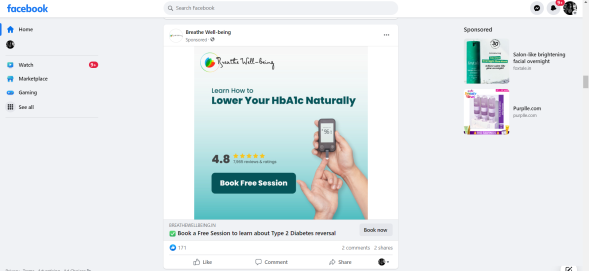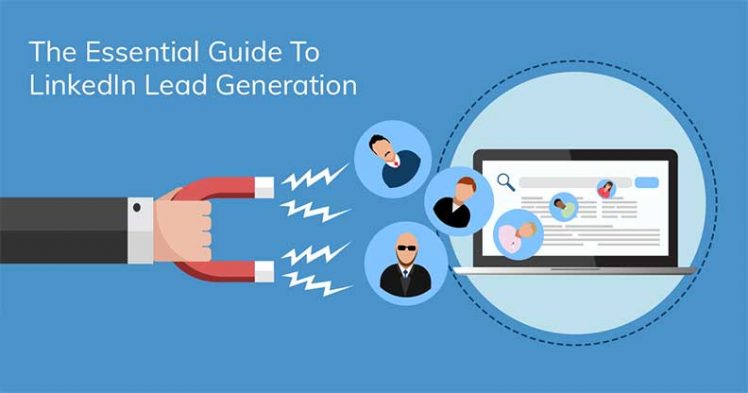More About Lead
Attracting an audience that would buy your product or service is the first step of every business. There was a time when marketers would do door-to-door advertising, have an open booth at a market fair, and create a network through referrals to generate publicity about how “amazing” and “wonderful” their products were and secure potential customers or leads.
Though word-of-mouth is an old yet effective trick that still goes a long way for businesses, several new approaches have emerged.
The introduction of print media, rail, and postal services gave a new face to lead generation. Businesses could reach their target on a mass scale and send promotional messages directly to them. With the boom of mass media in the 1900s, businesses could reach millions of people through broadcasting and television commercials.
The dream of all marketers and advertisers became a reality when lead generation through the Internet came into action in 1990. And here we are today, reaching a global audience with advertising on a whole new level.
Brands can now generate leads using various platforms like emails, websites, landing pages, social media, etc. Social media platforms generally have better user interaction rates than other channels.
Did you know that, according to 68% of marketers, social media marketing has helped them to generate more leads in recent years? Social media is a terrific platform for lead generation because it gives businesses access to highly qualified leads or those most likely to become customers.
Ever wondered what is a lead generation technique that is set up for success on social media? Well, lead generation through social media is not just posting images and writing content to reach your audience. In this era of TikTok, Reels, and YouTube Shorts, brands and other users must use the power of short videos to reach their audience.
Marketers can generally explore the two high-potential marketing techniques of content and influencer marketing to reach the desired audience and secure leads.
Furthermore, the sorting and analytic features integrated into social networking and social media marketing sites assist in creating social media lead-generation tactics. Geo-targeting and location capabilities, for instance, help marketers identify the global regions they must focus on to reach their target audience.
A basic but essential thing to remember is that all leads cannot be considered potential customers. There are different types of leads based on their level of involvement in the customer lifecycle:
- Marketing Qualified Leads: Leads that have interacted with the company and responded to the marketing team’s efforts but aren’t yet prepared for a sales conversation.
- Sales-Qualified Leads: Leads who have expressed significant interest in becoming paying customers.
- Product-Qualified Leads: Leads who have used your products and taken some steps indicating they would like to make a purchase. PQLs are generally used by businesses that provide a trial or free version of their products with the opportunity to purchase, which is when your sales department comes in.
Lead generation is thus the very first phase in the sales cycle of any business operation. It supports long-term growth and achievement. The marketing process that follows includes attracting, informing, and persuading those prospective leads to turn them into returning customers.
The below image shows an example of how a brand can generate leads through Facebook.
In this post, the brand has created an attractive offer for its customers. When a user clicks on the CTA “book now,” they would be directed to the relevant website where they would need to enter some details regarding themselves. It also engages the lead to explore the website for other services.
Through such social media content, a brand can get thousands of leads and data for marketing of its products or services.



